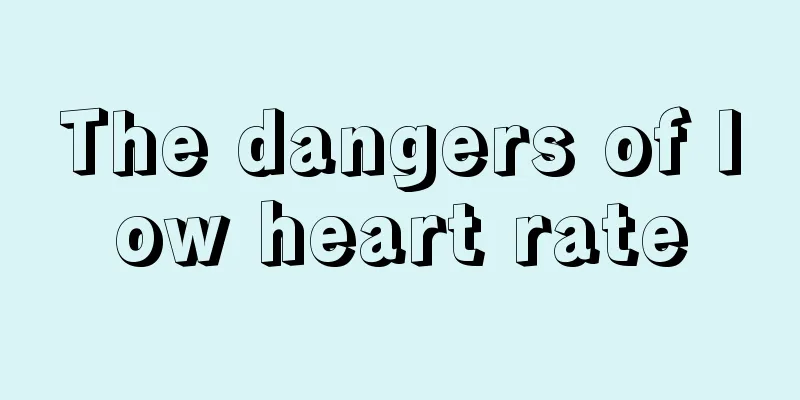Is direct bilirubin 72 normal?

|
Bilirubin is an important indicator for diagnosing jaundice, especially the value of direct bilirubin, which is of great significance for diagnosing and identifying the type of jaundice. Newborns are very prone to jaundice, which can be divided into physiological and pathological jaundice. In this case, it is necessary to measure the bilirubin level to identify the child's physical condition. So, is direct bilirubin 72 normal? Let’s take a look below. Direct bilirubin 6.81 (normal 0-6.8), indirect bilirubin 22.18 (normal 3.2-12.2), total bilirubin 28.99 (normal 5.1-19), total protein 85.1 (normal 60-85). Direct bilirubin 72 is abnormal and is on the high side. Direct bilirubin (DBil), also known as conjugated bilirubin, is produced by indirect bilirubin entering the liver and combining with glucuronic acid under the action of glucuronyl transferase in the liver. Direct bilirubin is soluble in water, reacts directly with azo reagents, and can be excreted from the body through the kidneys in urine. The liver plays an important role in the metabolism of bilirubin, including the uptake, conjugation and excretion of indirect bilirubin in the blood by hepatocytes. The increase in serum direct bilirubin indicates that the excretion of bilirubin from the bile duct after processing by hepatocytes is impaired. The determination of direct bilirubin helps in the diagnosis and differential diagnosis of jaundice types. Clinical significance of direct bilirubin Increased direct bilirubin: mainly seen in obstructive jaundice, hepatocellular jaundice, liver cancer, pancreatic head cancer, cholelithiasis, bile duct cancer, etc. The differential diagnosis of jaundice types are as follows: 1. Hemolytic jaundice: After the red blood cells are destroyed, a large amount of hemoglobin enters the monocytes and macrophages and is converted into indirect bilirubin. Due to the excess of indirect bilirubin, liver cells cannot convert all of the indirect bilirubin into direct bilirubin, resulting in an increase in indirect bilirubin in the serum. 2. Hepatocellular jaundice: Liver lesions lead to a decrease in the ability of liver cells to convert indirect bilirubin, so the indirect bilirubin in the serum increases. Because of the blockage of bile duct capillaries, the excretion of direct bilirubin from the bile duct is hindered, and the direct bilirubin level in the serum will also increase. 3. Obstructive jaundice: Due to obstruction inside or outside the liver, the excretion of direct bilirubin from the bile duct is hindered and it can only enter the blood circulation, causing an increase in direct bilirubin in the serum. |
<<: Direct bilirubin is extremely high
>>: Is direct bilirubin 81 considered high?
Recommend
It turns out that the effects of Spirulina are these 5 points
Spirulina is a common health food in life and has...
What are the symptoms of varicose veins? It turns out that these 9 are all
When it comes to varicose veins, I believe many p...
What kind of lung cancer can be treated with CyberKnife?
CyberKnife is a new stereotactic radiotherapy met...
Be careful if cervicitis is not cured for a long time and turns into cervical cancer
Be careful if cervicitis is not cured for a long ...
High-quality nursing care in clinical nursing of patients with osteosarcoma
Some osteosarcoma patients recover quickly during...
Why do I suddenly feel out of breath while running?
I believe everyone knows that difficulty breathin...
Is an epilator better or a depilatory cream?
It is said that the ancestors of human beings are...
What is the reason for hair loss on the top of the head? So that's how it is
Hair loss usually indicates some minor problems w...
How to repair a non-stick pan that is sticky?
Non-stick pan is a new type of frying pan develop...
Calories of a roast duck
Roast duck is a delicacy that we often eat in our...
When is the best time to soak your feet in summer?
Many people may have the habit of soaking feet, e...
What is the cause of ringworm on the buttocks
Ringworm can also grow on the buttocks. You must ...
What to do if your child likes to kick the quilt
If parents find that their children like to kick ...
What are the drugs and methods for treating costochondritis
You may not know much about costochondritis. This...
What are the serious dangers of brain cancer
What are the serious hazards of brain cancer? I b...









